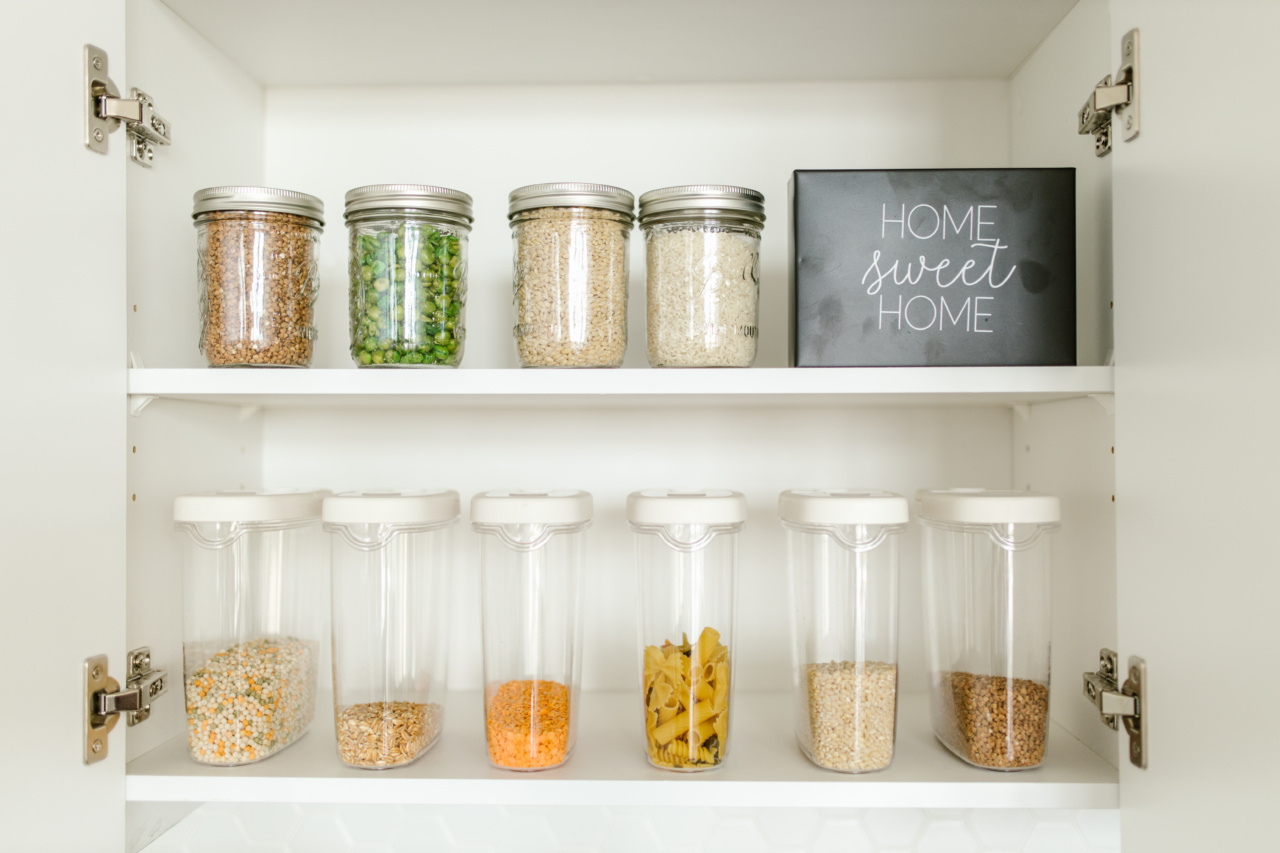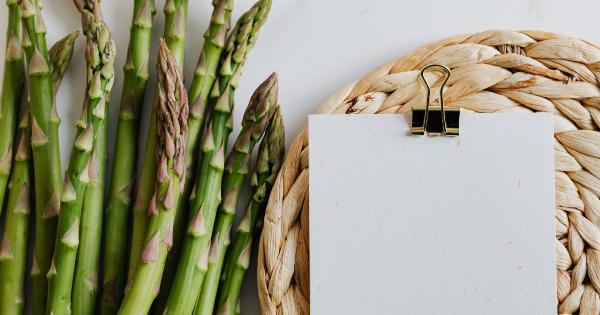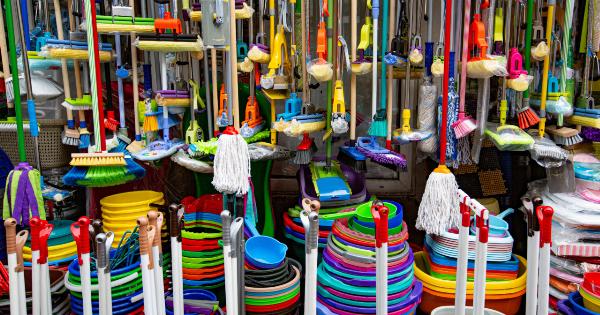Proper refrigerator organization is the key to keeping your food fresh for longer. By taking the time to arrange your fridge in a strategic way, you can minimize waste and save money on groceries.
Not sure where to start? Here are ten secrets to extending the shelf life of your food with refrigerator organization:.
1. Keep Your Fridge Clean
Regularly cleaning your refrigerator is essential for maintaining food freshness. Remove any spills or expired items as soon as possible to prevent odors and the growth of bacteria.
Use a mixture of mild soap and water to wipe down the shelves and drawers, ensuring they are free from any potential contaminants.
2. Set the Right Temperature
Setting your refrigerator to the correct temperature is crucial for food preservation. Keep the refrigerator temperature between 35-38°F (1-3°C) to ensure optimal freshness. This temperature range inhibits the growth of bacteria and slows down spoilage.
3. Utilize the Fridge Zones
Understanding the different temperature zones within your refrigerator can help in organizing your food effectively. The colder areas are typically located towards the back, while the front and door shelves experience more temperature fluctuations.
Store perishable items such as raw meat, seafood, and eggs in the coldest areas, and reserve the warmer parts for items like condiments and beverages.
4. Invest in Storage Containers
Investing in a variety of storage containers can help maximize the shelf life of your food. Use airtight containers for leftovers and pre-cut fruits and vegetables. These containers prevent air exposure, reducing the risk of spoilage.
Clear containers also allow for easy visibility of the contents, minimizing the chances of forgetting about forgotten items.
5. Use Seals and Bags
Sealing your food using vacuum-sealed bags or airtight wraps can significantly extend shelf life. These methods remove air, which is a primary factor in food spoilage.
Vacuum sealing is especially beneficial for items like meat, as it eliminates the oxygen that promotes bacterial growth.
6. Store Foods Properly
Knowing how to store different food items correctly can make a big difference in their longevity.
For example, store fruits and vegetables in separate drawers as some fruits release ethylene gas, which can accelerate the ripening process of nearby produce. Keep dairy products and eggs on the middle or lower shelves, as the temperature is more stable in these areas.
7. Label and Date Your Food
Labeling and dating your food containers is an excellent practice to ensure you use them before they spoil. Use labels or markers to indicate the content and date of storage.
This simple step helps you keep track of when items were stored and easily identify those that need to be consumed next.
8. Practice the “First In, First Out” Rule
When restocking your refrigerator, make sure to put the newest items at the back and move older ones forward. This way, you will be more likely to use the older items first, reducing waste and ensuring you consume food before it spoils.
9. Maximize Fridge Space
Make the most of the available space in your refrigerator by using shelf organizers, bins, and lazy susans. These tools help create additional storage options and make it easier to access items.
Categorize your foods and designate specific areas for each category to maximize space and prevent overcrowding.
10. Regularly Check Expiration Dates
Lastly, regularly check the expiration dates of your food items. To ensure proper organization, sort your food items by their expiration dates.
This way, you can be mindful of what needs to be consumed first and avoid accidentally keeping expired products in your fridge.




























